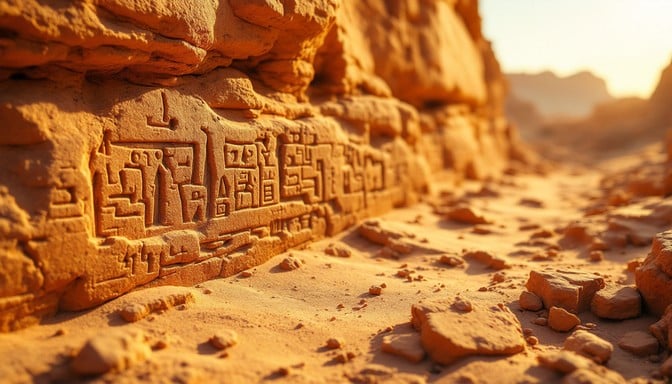The Maya civilization of Mesoamerica is known by its ancient temples, arts, architecture, calendar and astronomical systems, mathematics and glyphs. The Maya script is the most sophisticated and highly developed writing system in the pre-Columbian Americas. The Maya civilization developed in the Maya Region, an area that today comprises southeastern Mexico, all of Guatemala and Belize, and the western portions of Honduras and El Salvador.
The Mayans were incredibly advanced — that’s nothing new.
From their expertise in astronomy to the living descendants who carry on the traditions of their heritage through spoken language and the practice of their religion, this fascinating culture has both a noteworthy history and a mark on the present. And the current new discoveries confirm the high regards for the Mayan civilization. In fact, a recent analysis on the architecture groupings published in the journal Ancient Mesoamerica reveals that the early civilization was home to an even more complex society than previously imagined.
The light detection and ranging (LiDAR) technology has helped researchers discover a previously unknown Maya site of 650-square-mile (1,683-square-kilometer) that offers startling new insights about ancient Mesoamericans and their civilization. A 110-mile (177-kilometer) network of raised stone trails, or causeways, that linked the communities. The LiDAR survey revealed an extraordinary density and distribution of Maya sites concentrated in the Northern region of Guatemala, the area of the Mirador Calakmul Karst Basin (MCKB). Many of the sites are linked directly or indirectly by a vast causeway network. Using models derived from a LiDAR DEM, at present 775 ancient Maya settlements (defined as an architectural cluster) have been identified within the southern lowland of the Mirador Calakmul Karst Basin, of which 581 are unnamed. According to the article Early Mayan Civilization Was Far More Advanced Than We Thought, the sites were connected by white roads also known as sacbes, meaning “white roads”. These causeways rose above the tangled and sometimes swampy grounds of the forests. In their prime, sacbes were enameled in a layer of white plaster that helped the underlying mix of mud mortar and carefully quarried stone appear more visible in moonlight. Their elevation was no joke either, ranging between 1.5 feet to over 16 feet above ground. A pristine, shiny white stone road so loftily elevated above the ground must have made for a glorious commute back in the day.
The recent discovery gives light to the ancient structures that provide fascinating clues on the knowledge and wisdom of ancient civilizations!






